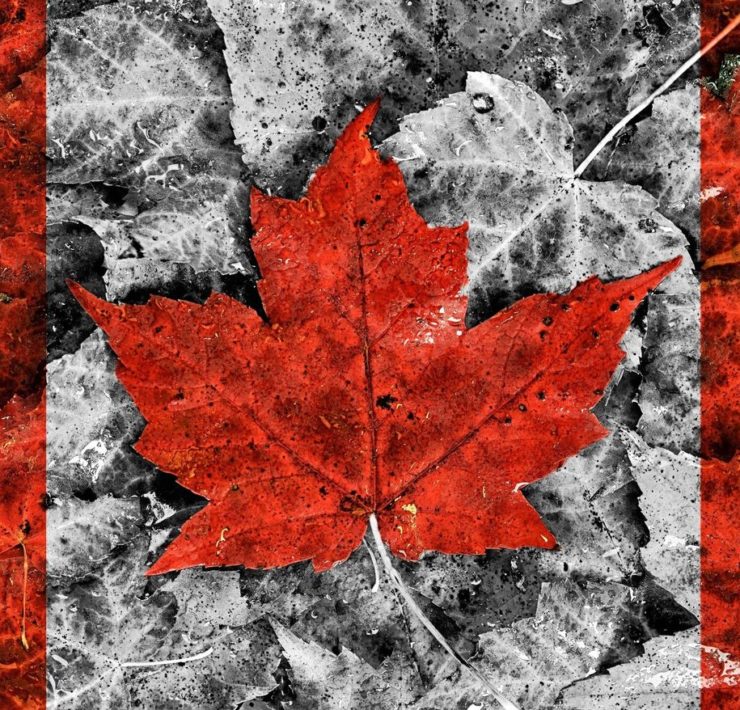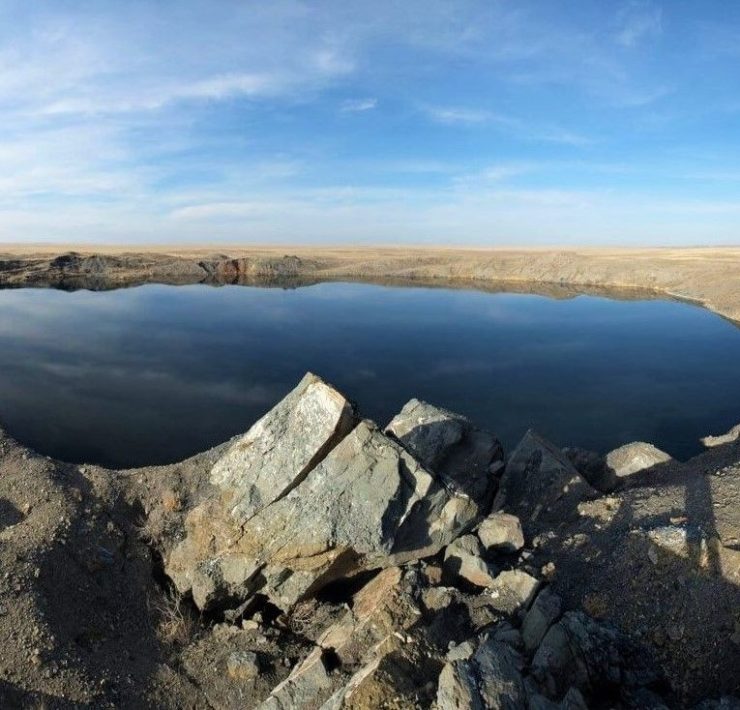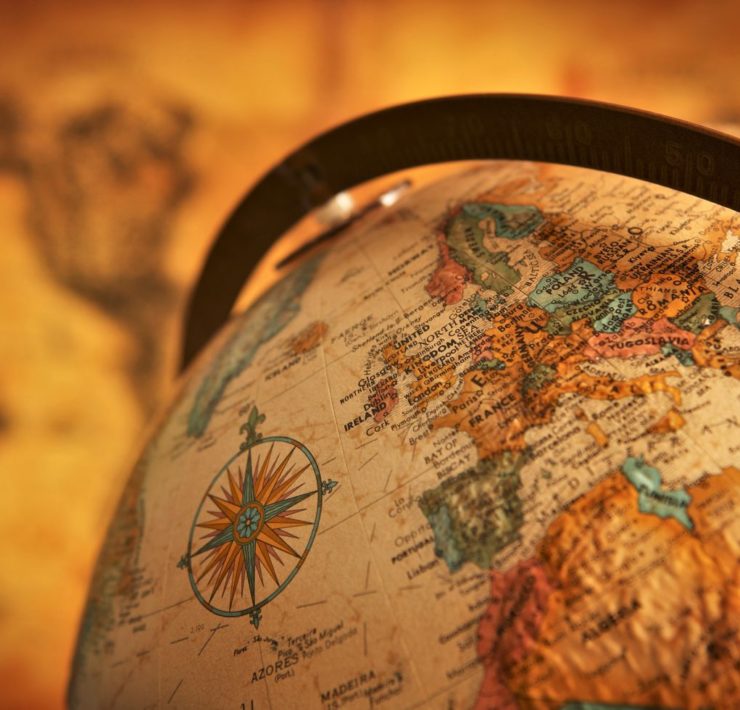Having a newborn baby is a celebration in itself, but instead of organizing a simple party to welcome the newest member of the family, some cultures seem to have taken the event to another level. It may sound extreme for some but to others it’s a tradition they have cherished through the times. Here are some of the most unique baby rituals done around the world.
1. Dried Umbilical Cord in a Box in Japan
In Japan, the mothers keep their baby’s umbilical cord after giving birth. To be clear, it’s not the entire umbilical cord that’s asked from the hospital but only the short portion of it connected to the baby’s belly button. This part shrinks as it dries out and when it’s small enough, it can be placed inside a small box that mothers can easily keep in their drawers. This part is called the “tail of the belly” or heso-no-o in Japanese. The reason for this tradition might be unclear but different stories accompany this depending on where you are in Japan. Some say this is kept for future uses such as a medicinal drink or an item to be buried in the mother’s grave.
2. Outdoor Napping in Norway, Finland, Denmark, Sweden, Iceland
The Nordic practice of letting babies sleep outdoors – under chilling temperatures – has been continuously done since the 1940s. Although this shocks other cultures, scientists have supported this practice as beneficial to the baby’s sleeping habits. The cold weather makes the babies sleep better, making their sleeping time 2.3 times longer than the usual indoor sleep. The optimal temperature was said to be -5°C, but some families leave their babies in a whooping -30°C.
3. Cardboard Box Babies in Finland
Since the 1930s, all expectant mothers of Finland are equally given maternity packages as a gift from the government. Each package is a box containing bodysuits, a sleeping bag, snowsuit, bathing products for the baby, diapers, bra pads, condoms, picture book, teething toys, socks, mittens, bedding, and a small mattress. The mattress is right at the bottom of the box and thus, the box becomes the baby’s first bed.
The government started to put eyes on the pre-natal care for all women in the 1940s which includes the maternity package for low-income families which later became a package for all classes. Mothers can choose between the box or a cash grant worth 140 euros but more choose the box because its contents are worth much more.
4. Shaking and Rolling Babies in Egypt
A ceremony called “Sebou” is celebrated for the newborn baby in Egypt. This is the time when family and friends visit and bring gifts for the baby and the mother. However, the ceremony doesn’t stop there. To begin, salt is scattered on the mother and the house to ward off the Evil Eye. Then, the baby, placed in a decorated container, is toured around the house followed by family members who carry candles and sing songs to welcome the baby. After the procession, the baby gets shaken or rolled while the circle of women around him/her sings and later makes noise to shoo away evil spirits. The ceremony ends with each guest receiving a white cloth bag filled with nougat, colored sugar called ‘sokar nabalt’, and gold and silver colored coins.
5. Pick an Item in Armenia
Armenians have a baby ceremony that they call “Agra Hadig”. The word “agra” means tooth and “hadig” is the cooked wheat dish usually served for this occasion. Agra Hadig is only celebrated once the baby has its first tooth and one of the highlights of this celebration is the time the baby needs to choose one, and only one, of the five (or more) items placed on the floor, which are supposed to predict the baby’s future occupation. Before the item picking, the baby gets its head covered with a veil or a scarf, and hadig is sprinkled on the baby as a wish for fruitfulness. South Korea has almost the same tradition called “tojjabi”.
6. Unplanned Names, Red Eggs and Ginger in China
The names for the unborn baby isn’t thought about in China until the child’s birth because the name must harmonize with the date and time of birth. These details are all important for knowing the element that should go along with the baby’s name. The name must also be in harmony with the family name.
Moreover, after the baby is born, parents call out relatives and friends to introduce the newborn baby in a celebration they call Red Eggs and Ginger Party. In this party, guests receive red-dyed eggs which symbolize fertility and renewal of life, harmony and unity; and ginger to give ‘hotness’ to the nutritional needs of the mother who is tired after giving birth.
7. Baby Throwing in India
In India’s Maharashtra and Karnataka regions, a ritual of throwing babies is commonly done every year. The baby is brought up in a basket by a devotee who climbed the tower’s walls on a rope. When at the top, the baby is given, held on its hands and feet, swung back and forth, and off it goes, usually falling from a 30ft-high shrine. Then, fourteen to fifteen men waiting on the ground while holding a blanket catches the baby and gives it back to the mother. This 700-year-old ritual held by Hindu and Muslim Indians is believed to bring good luck to the baby. And obviously, the babies and mothers going through this ritual are all terrified.
8. Baby Jumping in Spain
Every first Saturday after Corpus Christi in the Spanish town of Castrillo de Murcia, the “El Colacho” festival is celebrated with fear and excitement because babies are literally jumped over. The men dressed in yellow and red suits called ‘devils’ jump over babies laid on two rows of bedding. After the jump, they are showered with petals and brought in a parade that goes around town until they end in the town church located atop a hill. The ritual is done to bless the newborn babies and remove the original sin.
When On Earth Magazine is for people who love travel. We provide informative travel guides, tips, ideas and advice regarding places to see, things to do, what to taste, and much more for world travelers seeking their next dream vacation destination.






